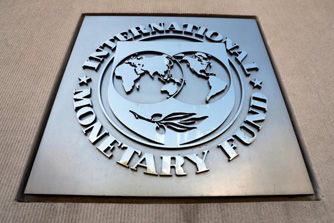WASHINGTON, Oct 12, 2019 (BSS/AFP) – Should a new crisis erupt on world
markets, non-US banks will struggle to cover their debts, which have
increased since the global financial crisis, the International Monetary Fund
warned Friday.
And despite efforts to shore up the US banking system — in some cases
because of those reforms — the surge in liabilities denominated in US
dollars could make the banks’ home economies more vulnerable, the IMF said in
a new report.
The findings in a section of the Global Financial Stability Report show
that the “funding gap” of non-US banks — the difference between assets and
debt held in US dollars — has surged to $1.4 trillion, 13 percent of assets.
This could cause markets to seize up if there a repeat of the situation at
the start of the global financial crisis, when institutions hoarded dollars
and were reluctant to lend which meant the cost of any the scarce funds
available soared, the IMF warned.
“This so-called cross-currency funding gap reflects the amount of
financing that must be filled by using instruments like foreign currency
swaps, making banks more vulnerable,” the authors said.
And greater reliance on “volatile short-term sources of funding” increases
“the odds of bank defaults in the home economies of non-US banks that rely on
dollar funding,” the IMF said.
The report called on governments to install buffers to protect against
this situation, which could amplify shocks and spread to their economies.
Such buffers include larger reserve holdings by central banks “to fill the
gap if dollar liquidity dries up,” as well as “central bank swap arrangements
that provide access to US dollars during periods of stress,” the IMF said.
The report notes that US dollar-denominated assets of non-US banks amount
to more than $12 trillion, compared with $10 trillion just before the onset
of the crisis, making them more sensitive to increases in US interest rates.



